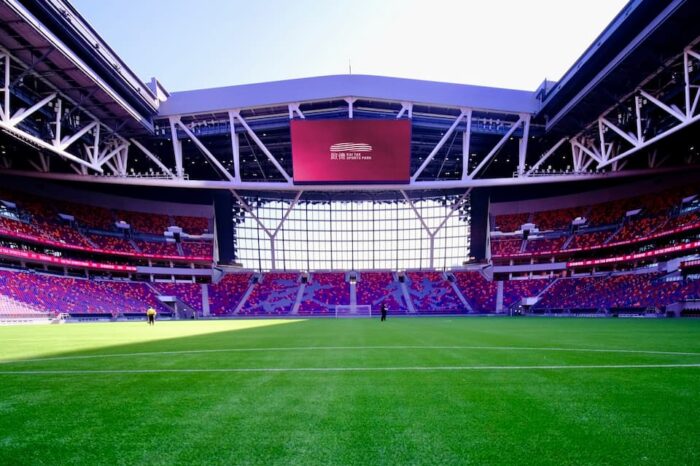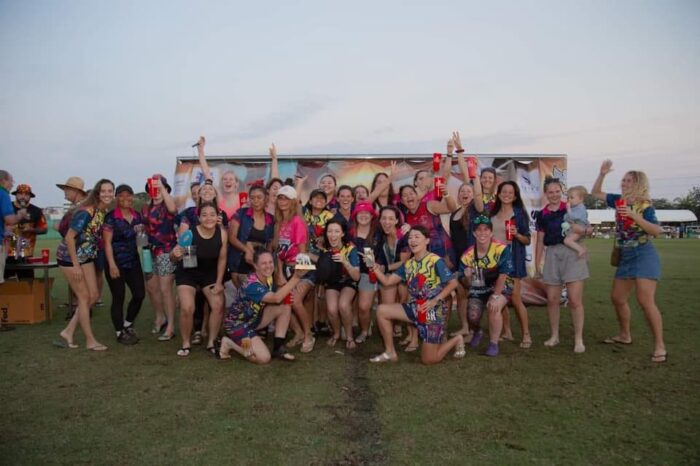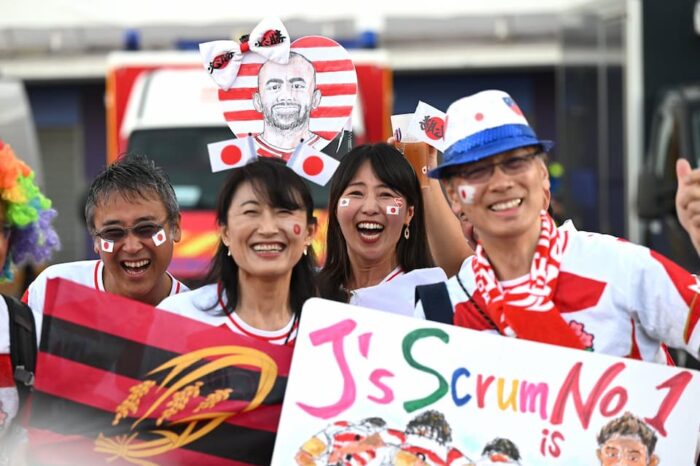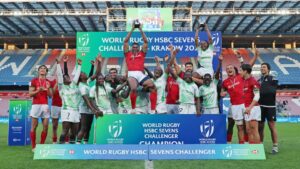Is The New Aligned Rugby Calendar Good For The Sport
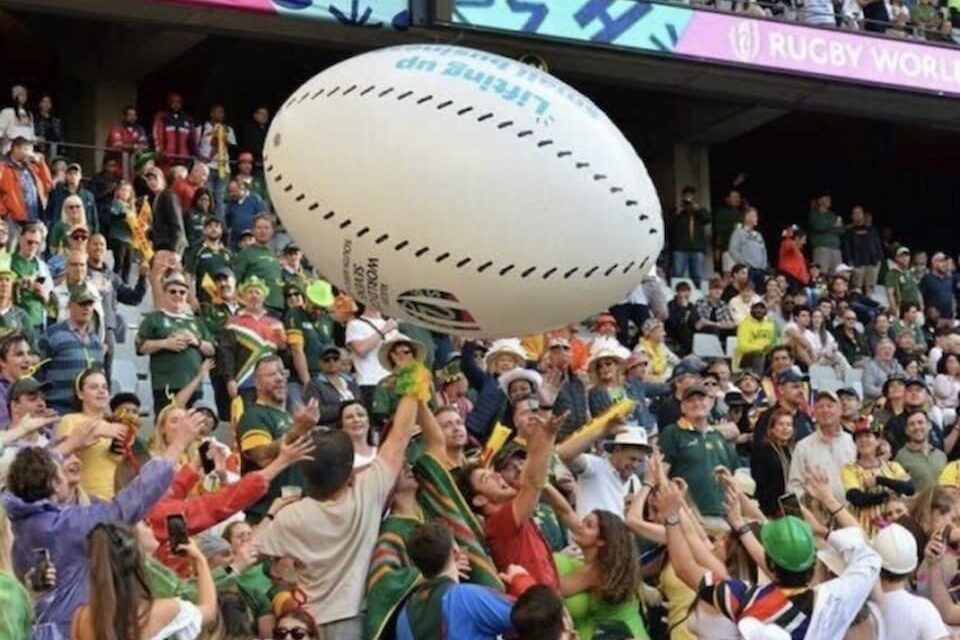
Early evening (our time) on Tuesday 24th October, our Twitter exploded on the breaking news that the eligible voting rugby unions and World Rugby had voted in the proposed so-called “Nations Championship” tournament as well as a number of other changes that impact a new rugby calendar.
Despite an announcement from World Rugby and other regional bodies applauding the decisions, others felt aspects of the changes were like a giant lock-sized slap to the face of the sport and the ambitions of the unions not considered Tier 1.
Confused? Let us try and explain.
For anyone who has been following the sport for a while, the challenges the so-called Tier Two rugby (T2) nations have had to endure have been well-highlighted by those unions and members of the media.
Even though there seems to be unanimous rugby fan support for the likes of Portugal, Chile, Samoa, and a host of others as highlighted by the France RWC 2023 – some feel this is not a sport where all are made equal.
Rugby Nations Championship – How Does It Work
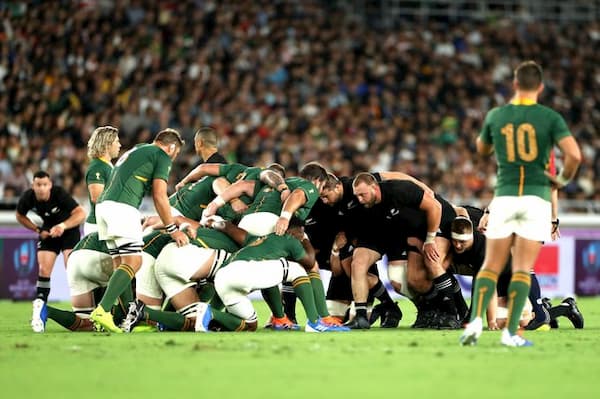
Details of a proposed Rugby Nations Championship were announced in mid-2023 by Six Nations and SANZAAR and basically promised the Six Nations & four Rugby Championship teams, in addition to possibly Japan & Fiji (12 teams in total but the final two further unions are “to be selected via a process run by SANZAAR” said World Rugby) would compete in a top division.
(Actually, the plans go as far back as 2019 but it has faced resistance ever since).
Those men’s national teams ranked 13th – 24th would play a second-tier competition run by and funded by World Rugby with promotion and relegation, but only commencing in 2030. Currently, Hong Kong China are 24th and Japan are 12th in the men’s rankings.
The argument against this is, was that it is like a badly envisaged version of the WXV which got underway in October 2023 for the women’s rugby game – at least that format sees cross-tier matches and gives the nations opportunities to play new competition and against better-ranked or similar ranked teams from tier 1-2 nations.
The Men’s Rugby Nations Championship was compared to the proposed football version of the Super League, which was going to include 20 teams, but the 12 founding members of the competition would be guaranteed their status – this never achieved the support of the fans, or FIFA, and was scrapped.
This new proposed rugbt championship league will see no promotion or relegation of until 2030 – it is seen as a move which would cut off access to teams outside of the top unions (which will severely limit opportunities and commercial growth).
This sort of World League gained the necessary votes in favour 41-10 – it needed a 75% majority (39 votes out of 51). But how did the voting work? Squidge Rugby suggested that all Tier 1 nations get 3 votes each (the 12 mentioned above), and select T2 nations get 1 vote each.
All of the tier-one nations are alleged to have voted in favour of the change, with Argentina allegedly the only country in the top tier to oppose the decision.
However, Alan Gilpin, World Rugby CEO said that everyone has had to compromise but the new structure would guarantee tier 2 teams more matches against top-tier opposition, as well as guaranteed fixtures in advance to allow for better planning.”
World Rugby Chairman Sir Bill Beaumont added: “We look forward to an exciting new era for our sport commencing in 2026. An era that will bring certainty and opportunity for all. An era that will support the many, not the few, and an era that will supercharge the development of the sport beyond its traditional and often self-imposed boundaries. I would like to thank all my colleagues for their spirit of collaboration. Today, we have achieved something special.”
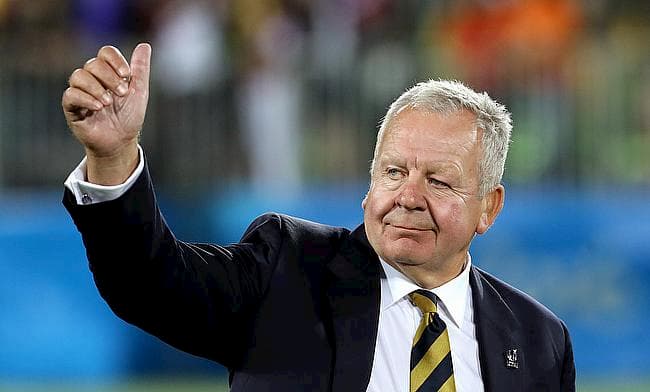
Sir Bill Beaumont World Rugby Chairman
How Does This Impact The Men’s International Rugby Calendar
World Rugby added in its statement, “Reform of Regulation 9 governing international player release has paved the way for the global club and international game to complement each other for the first time with clearly defined windows of release for international duties, as well as enhanced player welfare outcomes in the form of Player Load Guidelines.”
There was some real venom from the critics of the changes but perhaps all is not as bad as feared.
The governing body also said that the new calendar will see a “significant uplift in the number of cross-over matches between unions in the respective divisions are included in the global calendar in the two other years, providing performance nations with annual competition certainty against high-performance unions.” This means the years the new Nations Championship competition isn’t being played.
World Rugby also argues that the new globally aligned calendar “provides additional clarity for elite league and cross-border club competitions, supporting value growth investment opportunities for all.”
- New Nations League to start in 2026 for the 12 top-tier teams.
- It will be held every two years with a northern versus southern hemisphere grand final.
- Teams from the southern hemisphere will host three northern hemisphere sides in the July Test window, before travelling north in the November window.
- The top team from each pool will face each other in a grand final, while the rest of the teams will play ranking playoffs.
- The top 12 teams are guaranteed top-tier status until 2030.
- Won’t take place in the Lions Series or Men’s RWC years.
- This will end the traditional three-week tours.
New Pacific Nations Cup – Rugby
World Rugby also confirmed there will be a new annual expanded Pacific Nations Cup competition starting in 2024, featuring Canada, Fiji, Japan, Samoa, Tonga and the USA.
There will be home fixtures and Japan and the USA will be alternating as finals hosts, guaranteeing a minimum of three additional matches a year in addition to the new international competition and cross-over fixtures.
The men’s calendar would look something like this:
- 2024 – Pacific Cup (new format)
- 2026 – Nations Cup
- 2027 – Rugby World Cup (Australia)*
- 2028 – Nations Cup
- 2029 – Lions Tour
- 2030 – Nations Cup
- 2031 – Rugby World Cup (USA)
Rugby World Cup 2027 Format
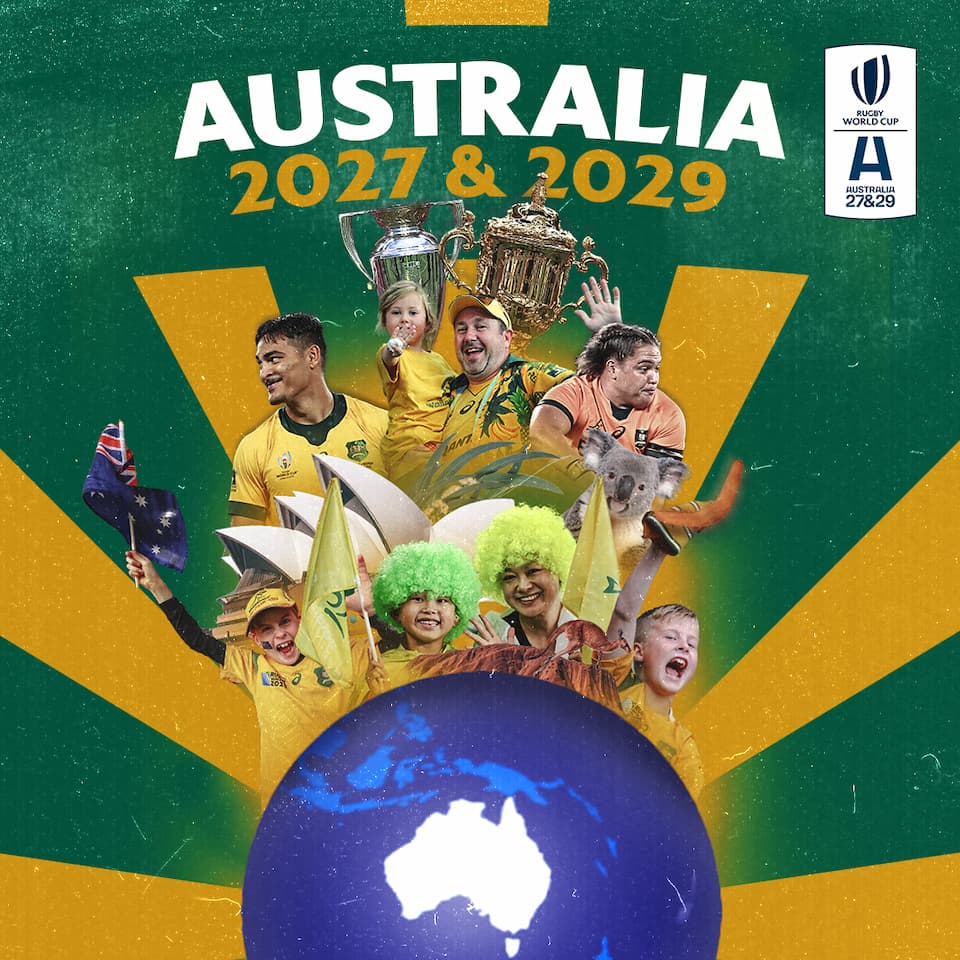
Image Credit: World Rugby
The dates for the RWC 2o27 were agreed to be pushed back a fortnight so the event does not clash with the more popular AFL and League Grand Finals in Australia and will now take place from 1 October to 13 November 2027.
The World Rugby Council has also agreed to increase the number of teams for the RWC 2027 tournament from 20 to 24. The Pool Draw will be done as late as possible (a date of January 2026 was suggested in the press conference) “to best reflect global competitiveness.”
The format is believed to be (according to a press release sent by World Rugby):
- Six pools of four teams.
- New reduced six-week (seven-weekend) Rugby World Cup window
- The pool phase is reduced from five to four weeks.
- Round of 16 to be introduced with the top two teams from each pool automatically qualifying along with the best four third-placed teams.
Details of the qualification process for Rugby World Cup 2027 will be determined following a full review of France 2023 and consultation with unions and regions.
Impact On Women’s Rugby
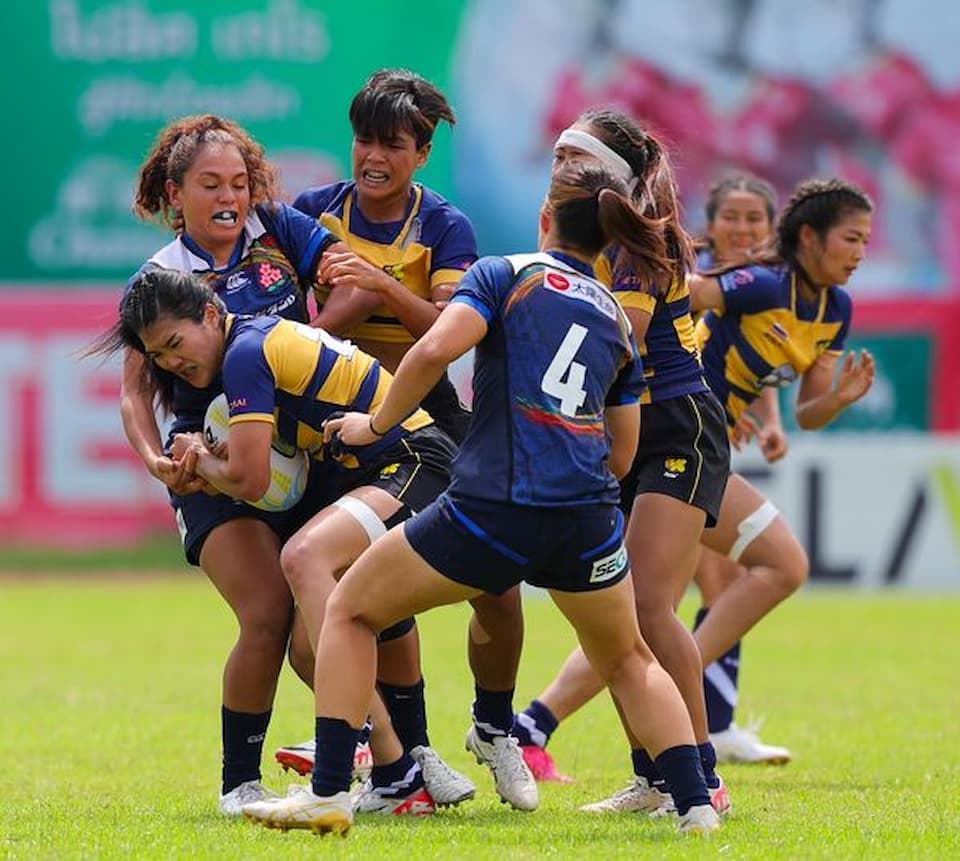
According to the statement from World Rugby, in addition to the women’s 2025 Rugby World Cup being a 16-team tournament due to be held in England:
- First-ever dedicated international release windows (regional release window of seven weeks and global release window of eight weeks) from 2026.
- Clarity of release periods for club/league and cross-border competitions, to allow certainty of planning and investment.
- A commitment to more effectively manage player load and welfare in the fast-evolving women’s game.
- A framework to review the women’s global calendar and international competition structures on an ongoing basis to recognise that fast-evolving environment and opportunity.
The Women’s 6 Nations will now apparently run from the second week of April to mid-May. while the WXV will possibly run from 2026-2028 but there will potentially be no WXV1 in 2027 to leave room for a possible Lions tour option.
International Rugby Players Response
The International Rugby Players said following the announcements that it has been a “key stakeholder in negotiations on a new international calendar for the past four years, stressing the need for a meaningful competition that grows the game and promotes player rest and recovery.”
They welcomed
- Alignment of regional and global windows for the women’s game
- Offering more certainty around release periods in the men’s game.
- A guaranteed fixture list for emerging nations in the men’s game allows for performance opportunities and commercial sustainability.
- New player load guidelines will also come into effect as part of the new regulations.
Chief Executive Omar Hassanein said: “We must recognise that the newly proposed model is better than the status quo and represents progress in the game. Having said this, we feel that more detail needs to be provided in relation to the increased opportunities for teams ranked 13 to 24, to pitch themselves against Tier 1 opposition.”
The Online Reaction
The reaction to the decisions was fierce.
Daily Mail and Midi Olympique, were among the first to break the news that World Rugby voted in the majority to approve the competition during a council meeting on Tuesday morning held in Paris.
Squidge Rugby summed it up by saying via Twitter: “The Nation’s Championship benefits just 12 of the 112 ranked nations in test rugby. Those 12 nations control 35 out of 51 votes, with one of them, Fiji, not getting a single vote. 5 of the 20 nations who competed in this Rugby World Cup 2023 (Fiji, Tonga, Namibia, Chile, Portugal) did not even get to vote on whether this decision, which directly affects their development for a generation, goes through.”
The Roar wrote, “Minnows shafted as World Rugby clears controversial 6N-TRC comp.”
Paul Tait (Co-founder Americas Rugby) said “So… Different unions have more power than others. No move from World Rugby to democratize: 1 vote for all. Uruguay, Chile, Portugal, Georgia, Tonga, Samoa have less votes or no votes.”
Francisco Isaac (freelance writer for Rugby Europe and Rugby World) added: “Im going to try to explain why the Nations League or whatever is it called, will be toxic and negative for Emerging Nations. I won’t go into full detail as I have cooked something that might come out in the next couple of days.”
Rugby World Cup & Development News
- Rugby World Cup 2023 – The Final.
- A Wrap Of The RWC 2023 Pool Stages – How Succesful Has France Been?
- Australia Win The International Wheelchair Rugby Cup 2023.
- Smart Mouthguard Tech To Be Used For Head Injury Assessments.
